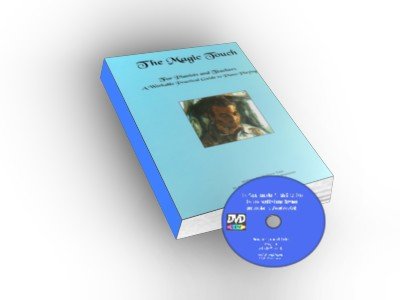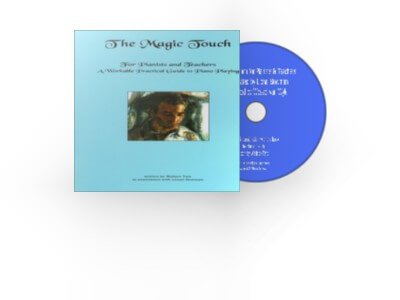As far as I am concerned, very few people who reach great heights in life, in terms of career success, love, business, wealth building, and almost anything else you can think of, arrive by accident. I know that some people fall in love with the idea that they will go where fate leads them, but to me, that is a cop out. In fact, forgive my bluntness, it's just ridiculous. Certainly, the piano is no different, and you are well aware that much effort is required to reach the level of success and professionalism you desire.
I know I am occasionally very direct, but let me tell you, if there is anything that I can convey to you, it's this: Anything worth having is worth working for. I am including the entire gamut of forms of effort to reach your real goals here. I am talking about
- Aiming high, as you have a greater chance to get there if you're aiming for it
- Being clear in your desired result
- Being prepared to persevere, even when you have failed before
- Persisting, even when everyone else says you can't do that because of…
- Constantly going over the above list, and being so determined, you continue to persevere.
I know that it is very easy to generalise about these things, but in all truth, no matter who you are, where you come from, I have found that these points apply to any serious and long term success. I know you might tell me that if wealth is your dream, you could get there by winning the lottery. Now, as it turns out, the chances of that are somewhat limited. You also have a greater possibility of becoming successful on your own merit, and on top of that, you will be more likely to hold on to your wealth, as your mind will be developed, or trained for success. I have read of many people who have not understood or known how to handle money, and lost it all, and more, after a big lottery win. My point here is to do all you can to develop your mind.
I know that people can have lucky streaks, and so on, and certainly, I advocate working smarter, rather than just harder, but over all, it is still about having steeled determination, and grit to get through all the failures and rejection. To give you another example, I use article marketing for many of my various websites, as this has proven to work for me. However, I can also tell you that I did not get the hang of it on my first attempt. On a number of occasions, I had difficulty coming up with titles that worked, or even, developing my writing style. That took time, with trial and error. If I allowed the first rejection to get me down, I may have given up, and not seem the results I now have. Hence, this is another example. Be determined and treat each failure as a step to something bigger. When I was looking for work, I also went through countless numbers of rejections. However, I knew it was just preparation for a better, and more rewarding and meaningful position elsewhere.
I know that most of us want the results of our efforts today, if not even the results without the effort. However, there are a few proven strategies, that do take time, that will however, help you reach your desired destinations more quickly, and surely.
|
There are methods of thinking to substantially help you focus, and reach the life success, you would like to see. It is about the way that you think, and train your mind to solve problems, and face challenges. |




